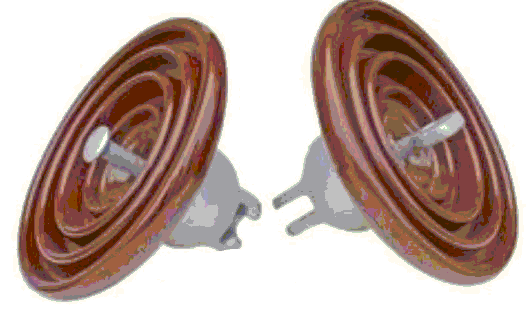Nearby to us runs the two circuit 132 kV Connah's Quay to Hawarden Wood Lane overhead.
Noticed the other evening whilst watering in a neighbours greenhouse that one of the six strings of insulators had a disc missing, ie whereas the other five had eleven disks, one only had a total of ten, there being a gap and thus hanging on the internal metalwork of that disc. Each phase conductor is a single cable.
What seems rather coincidental is that back in 2002 I noticed the same and after spending a long time on the phone to Scottish Power/MANWEB that morning, a few days later a team turned up and repaired it. Well I think they did, it is not as visual from our house and I only noticed it then because we were in the middle of renovations and my "Office" was the front bedroom and could see it through the window.
I will phone again to report, but how critical is it?
Clive
